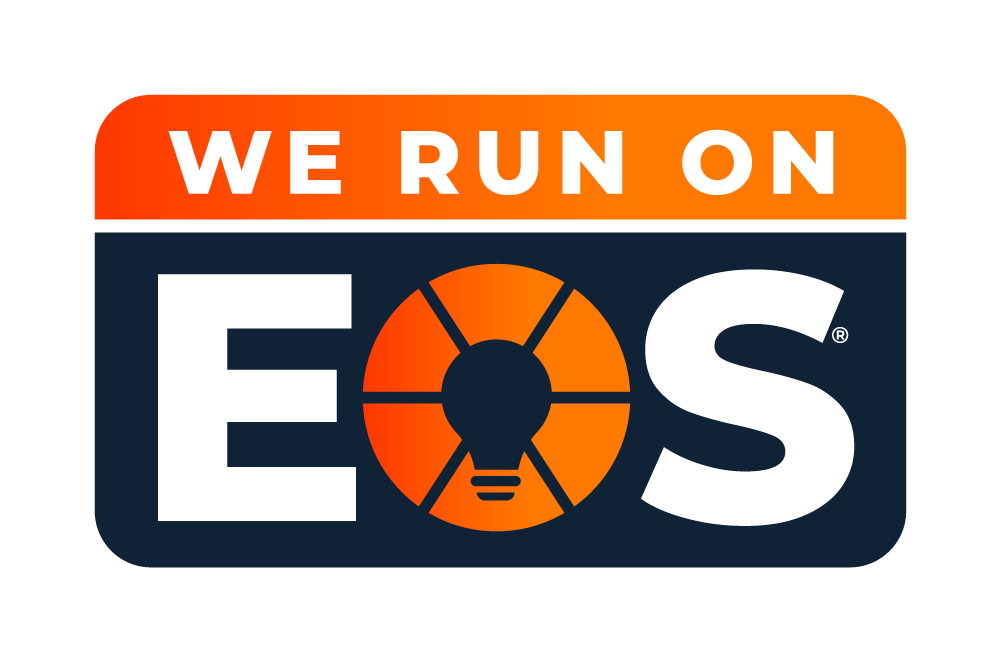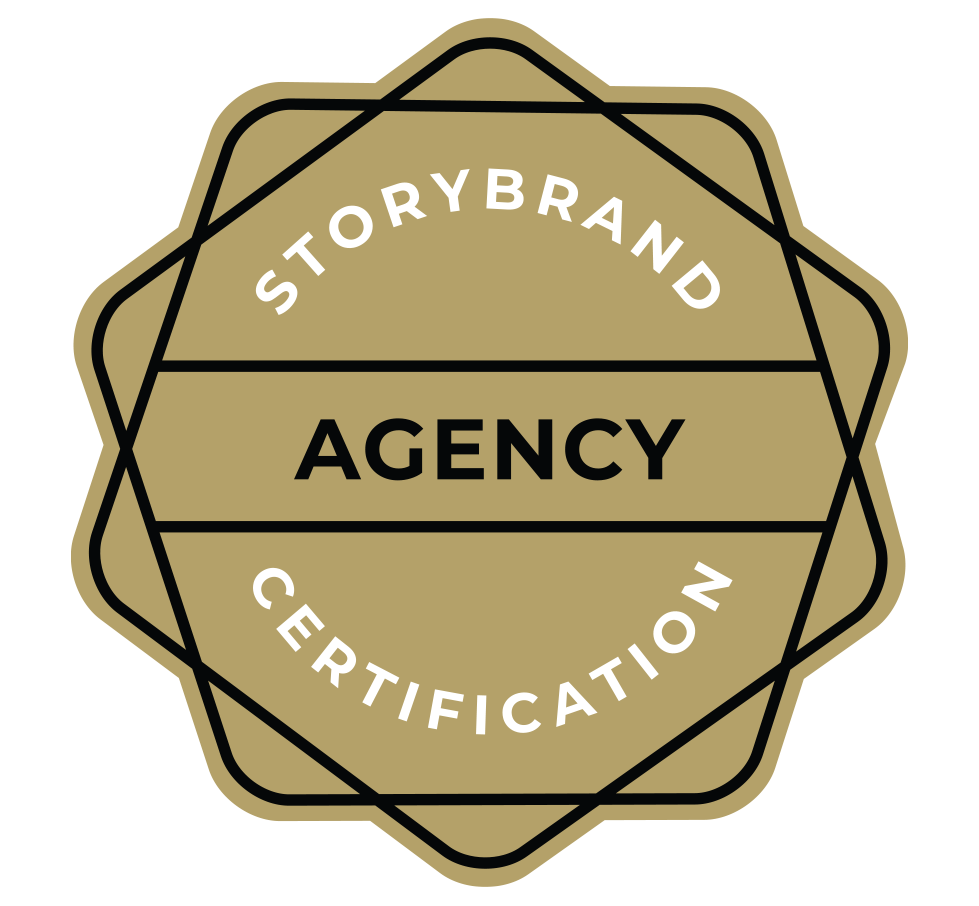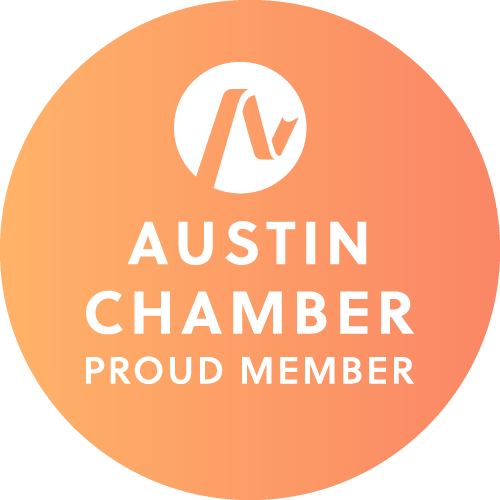
Unveiling the Anatomy of a Conversion-Optimized Web Page: HTML, CSS, JavaScript, and PHP
In today’s competitive online landscape, the success of a website relies not only on its aesthetics but also on its ability to drive conversions. Crafting conversion-optimized web pages requires an understanding of the underlying technologies that power them.
Here at Good Agency, we are here to equip you with tools to elevate your website conversion game. In this blog, we will explore the anatomy of a web page through the lens of conversion optimization, focusing on the pivotal roles played by HTML, CSS, JavaScript, and PHP in creating persuasive and high-converting online experiences.
1. HTML (Hypertext Markup Language) for Structure and Conversion-Friendly Layout
HTML forms the foundation of a conversion-optimized web page, providing the structure and layout that guide visitors toward taking desired actions. Elements such as clear headings, concise content, strategically placed call-to-action buttons, and intuitive navigation are crucial for conversion optimization. By using semantic HTML tags and structuring content hierarchically, you create a user-friendly experience that encourages visitors to explore and engage with your offerings.
2. CSS (Cascading Style Sheets) for Visual Enhancement and Consistency
CSS plays a vital role in creating visually appealing web pages that contribute to conversion optimization. By employing color psychology, typography techniques, and visually pleasing layouts, CSS enhances the user experience and establishes credibility. Consistency in design elements, such as fonts, colors, and spacing, helps build trust and reinforces your brand identity. Moreover, CSS media queries allow for responsive design, ensuring that your web page adapts seamlessly to various devices, ultimately enhancing user engagement and conversions.
3. JavaScript for Interactivity and Persuasive Elements
JavaScript empowers your web page with interactivity and persuasive elements that can significantly impact conversions. By utilizing JavaScript libraries and frameworks, you can create dynamic content, engaging animations, and smooth transitions that capture users’ attention. Additionally, JavaScript enables the implementation of conversion-focused features like live chat widgets, interactive forms with real-time validation, personalized recommendations, and social proof elements. These interactive elements enhance user engagement, build trust, and nudge visitors toward conversion actions.
4. PHP (Hypertext Preprocessor) for Dynamic Personalization and Streamlined Processes
PHP serves as the backbone of WordPress and WooCommerce, facilitating dynamic personalization and integration with external CRM systems. In the context of conversion optimization, PHP enables the synchronization of WordPress user data and WooCommerce customer data with an external CRM. This integration allows for a seamless flow of customer information, such as contact details, purchase history, and preferences, between your website and the CRM. By leveraging this synchronized data, you can personalize user experiences, tailor offers, and optimize conversion strategies based on CRM insights.
5. Integration and Collaboration for Maximum Conversion Impact
The collaboration between HTML, CSS, JavaScript, and PHP is essential for creating conversion-optimized web pages. HTML sets the structure and layout, CSS enhances the visual appeal and consistency, JavaScript adds interactivity and persuasive elements, and PHP streamlines back-end processes for personalization and seamless user experiences. By combining these technologies strategically, you can maximize your website’s conversion potential and achieve your business objectives.
Conclusion
Understanding the anatomy of a conversion-optimized web page is crucial for web developers and marketers seeking to drive tangible results. HTML provides the structure, CSS enhances the visuals, JavaScript adds interactivity and PHP streamlines processes for personalization and optimization. By leveraging these technologies effectively and aligning them with conversion optimization strategies, you can create web pages that captivate and convert visitors into loyal customers. Embrace the power of these tools, experiment with persuasive techniques, and continuously iterate to unleash the full potential of your web presence in driving conversions.
Good Agency
At Good Agency, we understand the intricacies of boosting your online presence. We realize that website development can be intimidating, so trust in a team that deeply understands your company’s mission. Using Google Analytics and A/B testing, we enhance user experience and optimize conversion rates on every page. With our search engine optimization strategies, we ensure your business stands out in a crowded digital space. We’re not just an agency; we’re your dedicated partner in growth. Ready to see your business soar? Schedule a call with us today.






